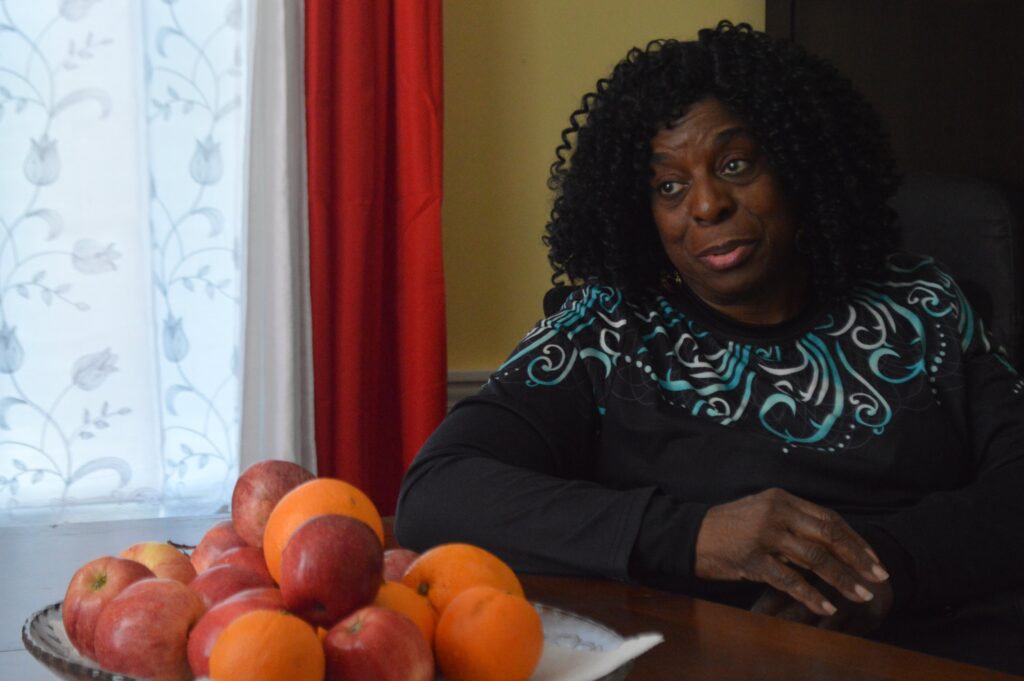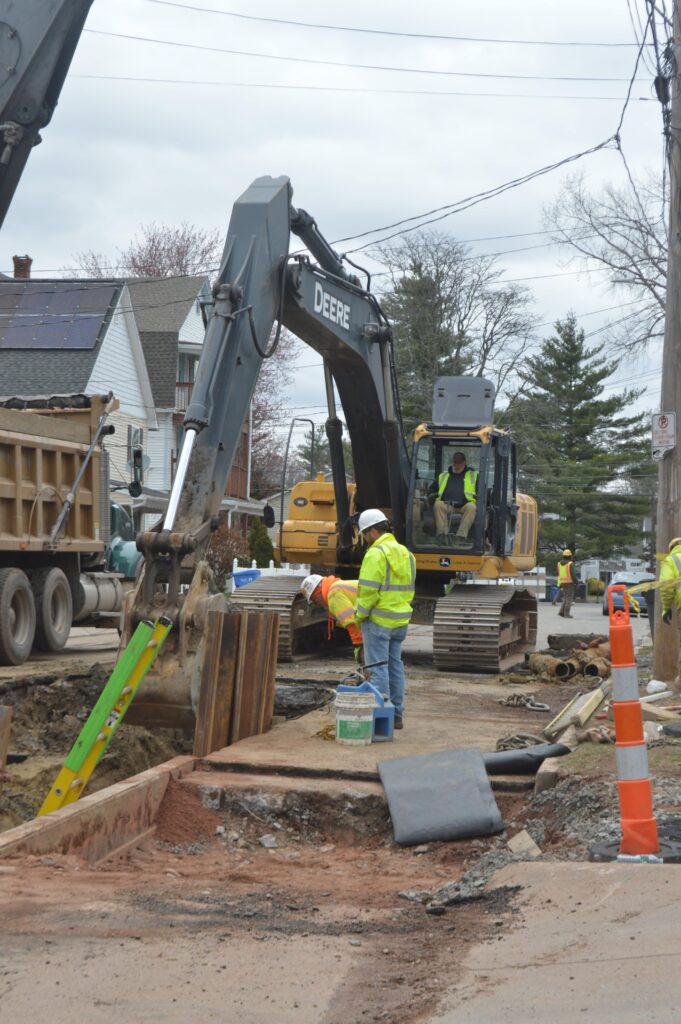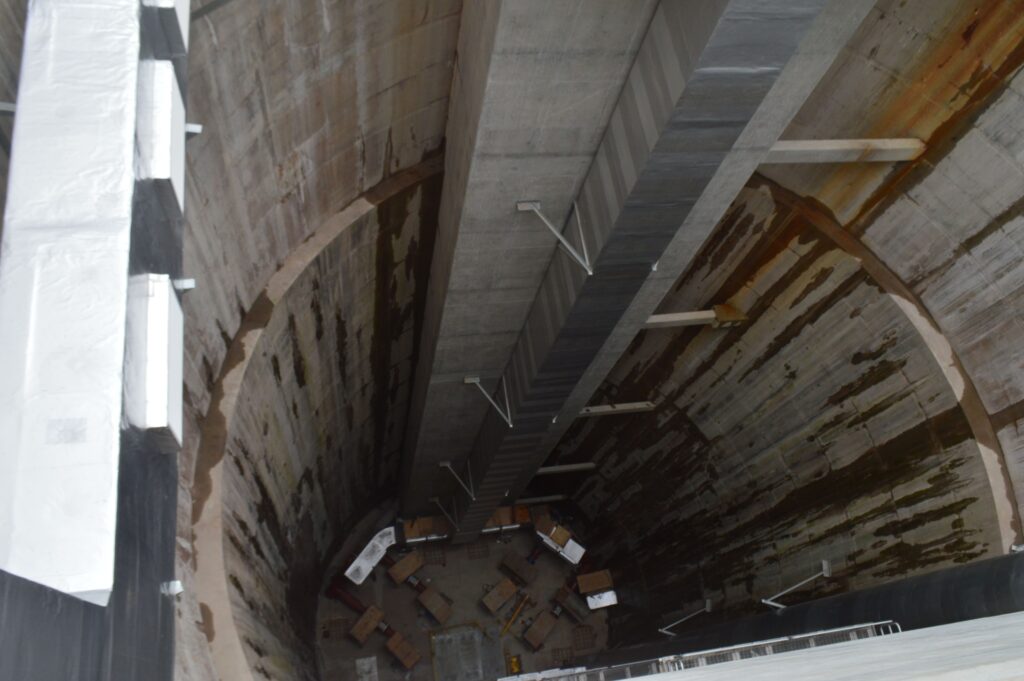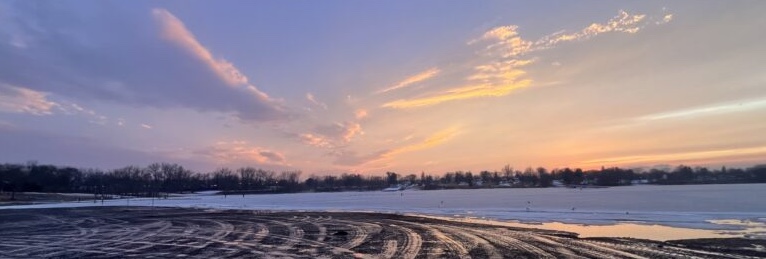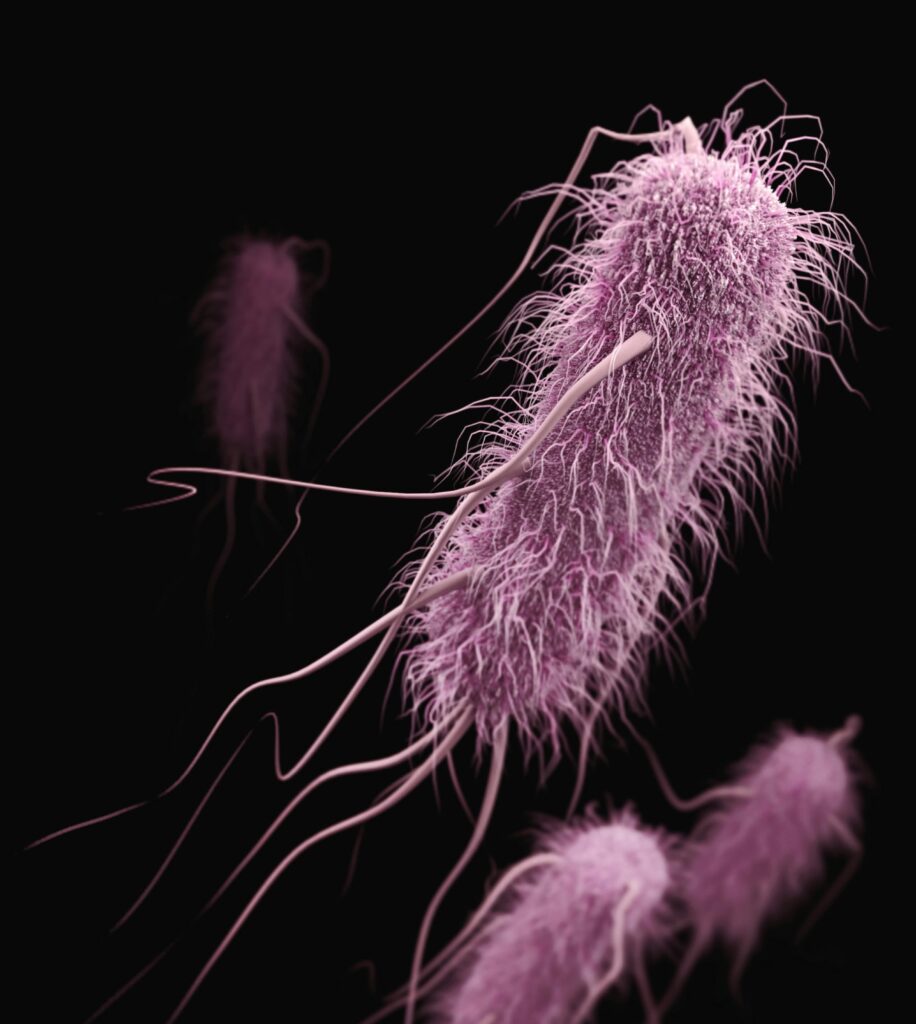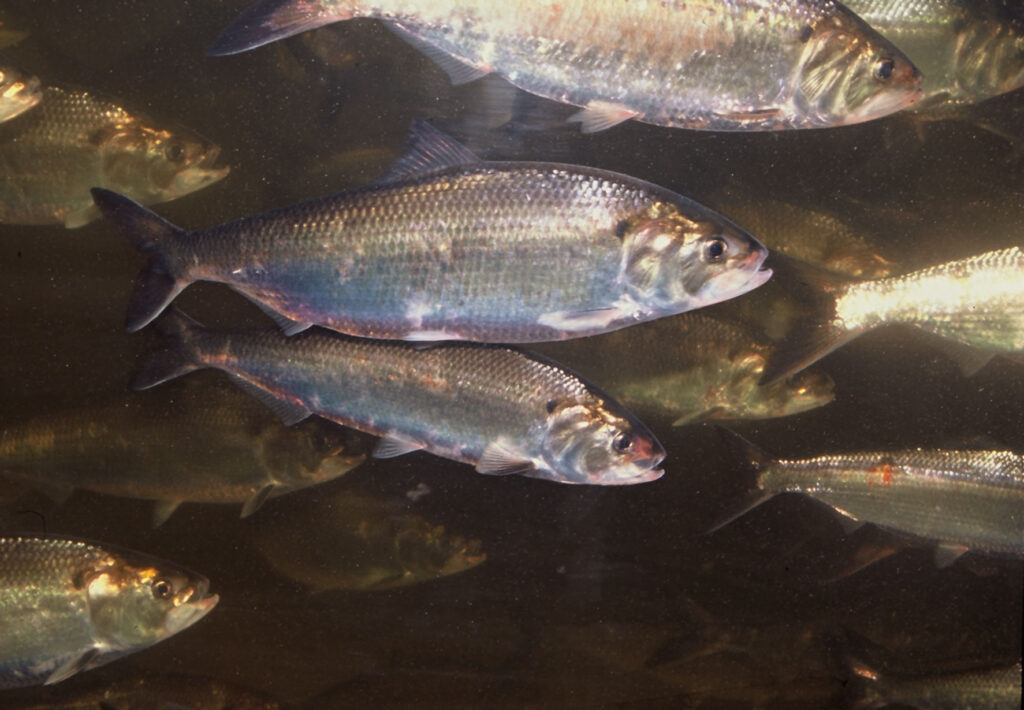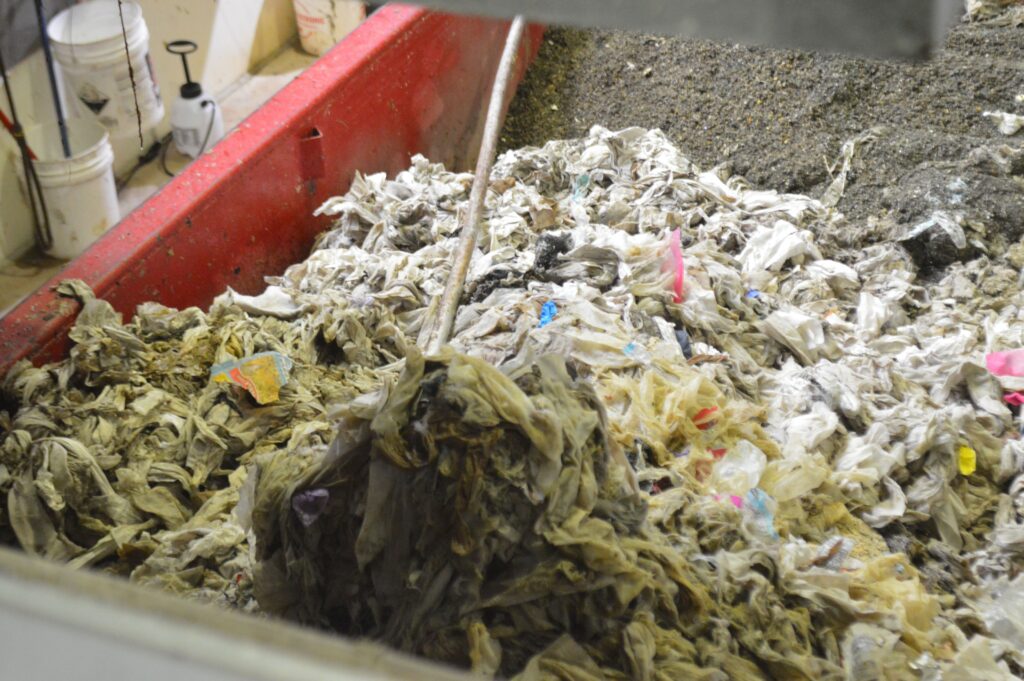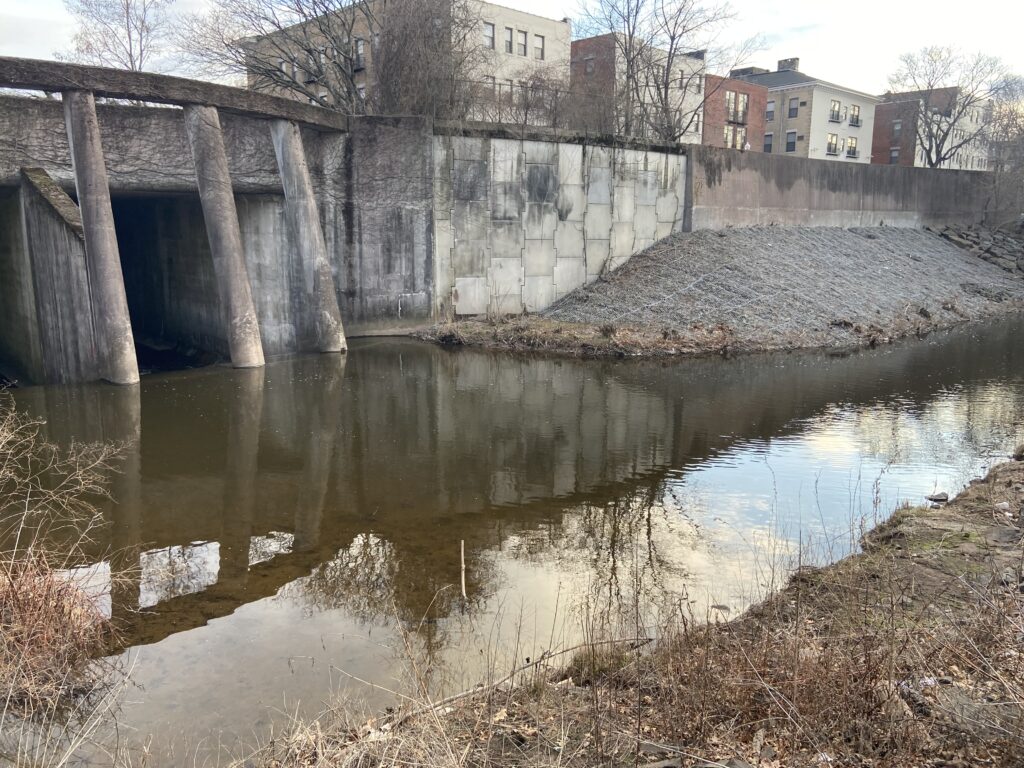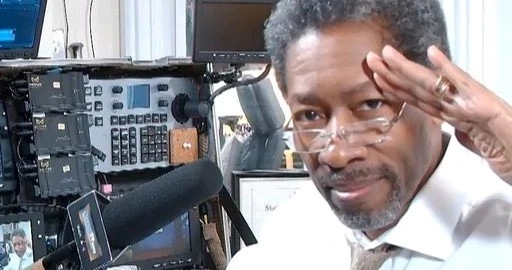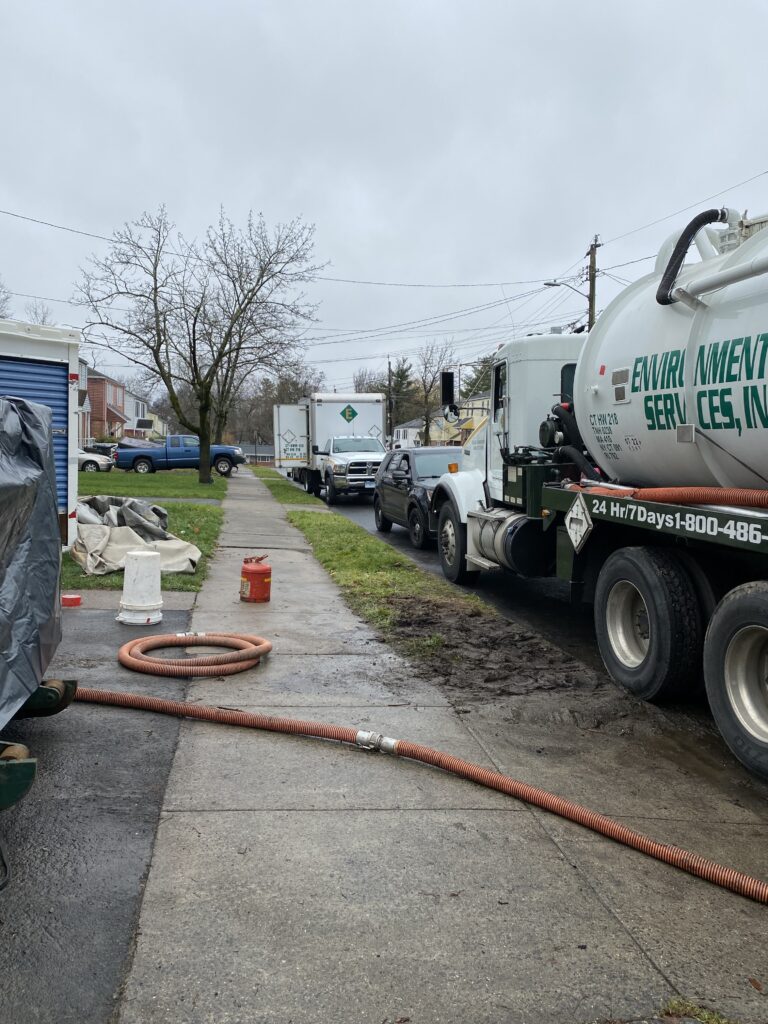
EXPLAINED
The Problem: 50 Sewage Overflows a Year
People in the 21st century expect sewage systems to carry away and break down waste safely. But what if that isn’t the norm? What if, on a rainy day, untreated waste moves the wrong way — up and out of flooding street pipes, onto streets and into basements? Many residents of Hartford’s North End of Hartford have lived that reality for decades.
$170M Sewage Elimination Project Deadline Extended
Since 1994, the Metropolitan District Commission has been legally bound to eliminate discharging untreated sewage into rivers through a series of consent orders with the state of Connecticut.
Chronic Flooding Put Star Hardware Out of Business
Located in an area plagued by combined sewer overflows and street flooding, the Hartford North End neighborhood hardware store endured repeated water damage, incurring millions in losses.
ENVIRONMENT
Sometimes Clean: A Profile of Wethersfield Cove
An abundance of fish, birds and plant life contribute to the vibrant ecosystem of Wethersfield Cove, the 750-meter inlet arm of the Connecticut River situated between I‑91 South and Old Wethersfield. But “No Swimming” signs and sporadic shutdowns of the cove after heavy rainfall reveal the sewage overflow challenges that have plagued that area, too.
How Uncontained Waste Can Make People Sick
Combined sewage overflows can pour bacteria into water where people swim or go boating, and regular flooding from sewage backups can form mold inside buildings.
Pollution Hurts Delicate Life Cycles of Fish
Sewage overflows entering the Connecticut River and its tributaries can lead to die-offs of migratory fish species, including the American shad, Connecticut’s official fish.
SOLUTIONS
What We Can Learn From Deep Tunnel Systems in Other Cities
In big cities like Chicago and Milwaukee, where combined sewer overflows used to be a regular threat, deep tunnel systems have drastically reduced the number and severity of overflows. Few projects rival the scale and impact of Chicago’s 100-mile system with tunnels as large as 33 feet in diameter and buried as far as 350 feet.
MORE COVERAGE
Here’s How Sewage Treatment Usually Works
On typical days with moderate weather, underground pipes carry sewage from homes and businesses directly to a waste treatment plant for cleaning and filtering.
Whose Fault is the Flooding? It’s Complicated
The city of Hartford’s combined sewage infrastructure dates back to the 1870s, and many parts of the system have remained the same since then.
ABOUT THIS PROJECT
Why we reported about sewage
This series digs into what a “safe, healthy environment” might mean for a city where some people have been hoping for generations that the combined sewer system would manage wastewater safely. In some neighborhoods in Hartford, Connecticut, the fight for environmental justice is ongoing.
To fully grasp the situation at hand, eight journalism students at the University of Connecticut spent three months reporting on the repair project and getting to know some of the real-life, sometimes devastating impact this pollution has exacted on residents. Health, property, and adequate compensation are just a few of the consequences on the line for Hartford residents.

“Environmental justice is the idea that all people and communities have the right to live and thrive in safe, healthy environments with equal environmental protections and meaningful involvement in these actions.”

